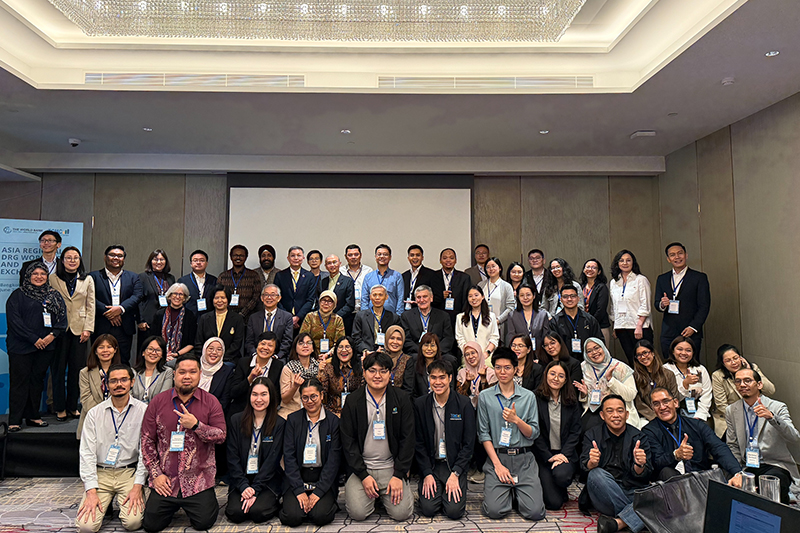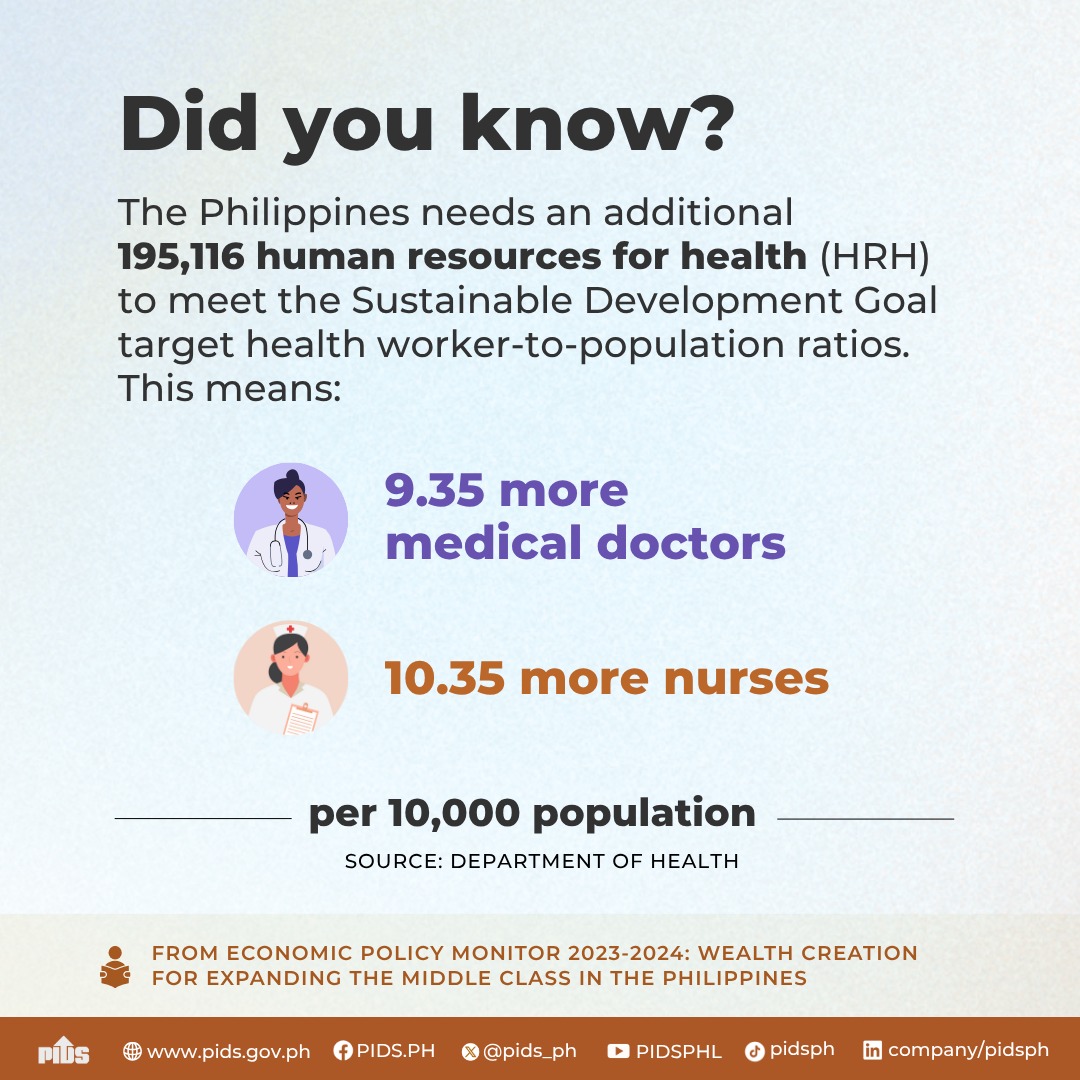Nuclear households remain the dominant household type in the Philippines, but a rising number of extended and multifamily households is observed, which has important implications for housing policy and demographic trends in the country. This study examines the factors influencing the decision to live in such household types. Multinomial logistic regressions are used to determine the association of potential factors with the formation of extended and multifamily households. The results show that this formation is not necessarily a negative development, as cultural factors influence this arrangement; however, there is reason to believe that limited housing options in the market and the low attainability of homeownership for most individuals are driving the rise in extended and multifamily arrangements. There is a need for the government to rethink its supply-driven housing policy in order to effectively respond to the housing needs and the demographic changes that drive such needs.
Comments on this paper are welcome within 60 days from the date of posting. Email publications@pids.gov.ph.













